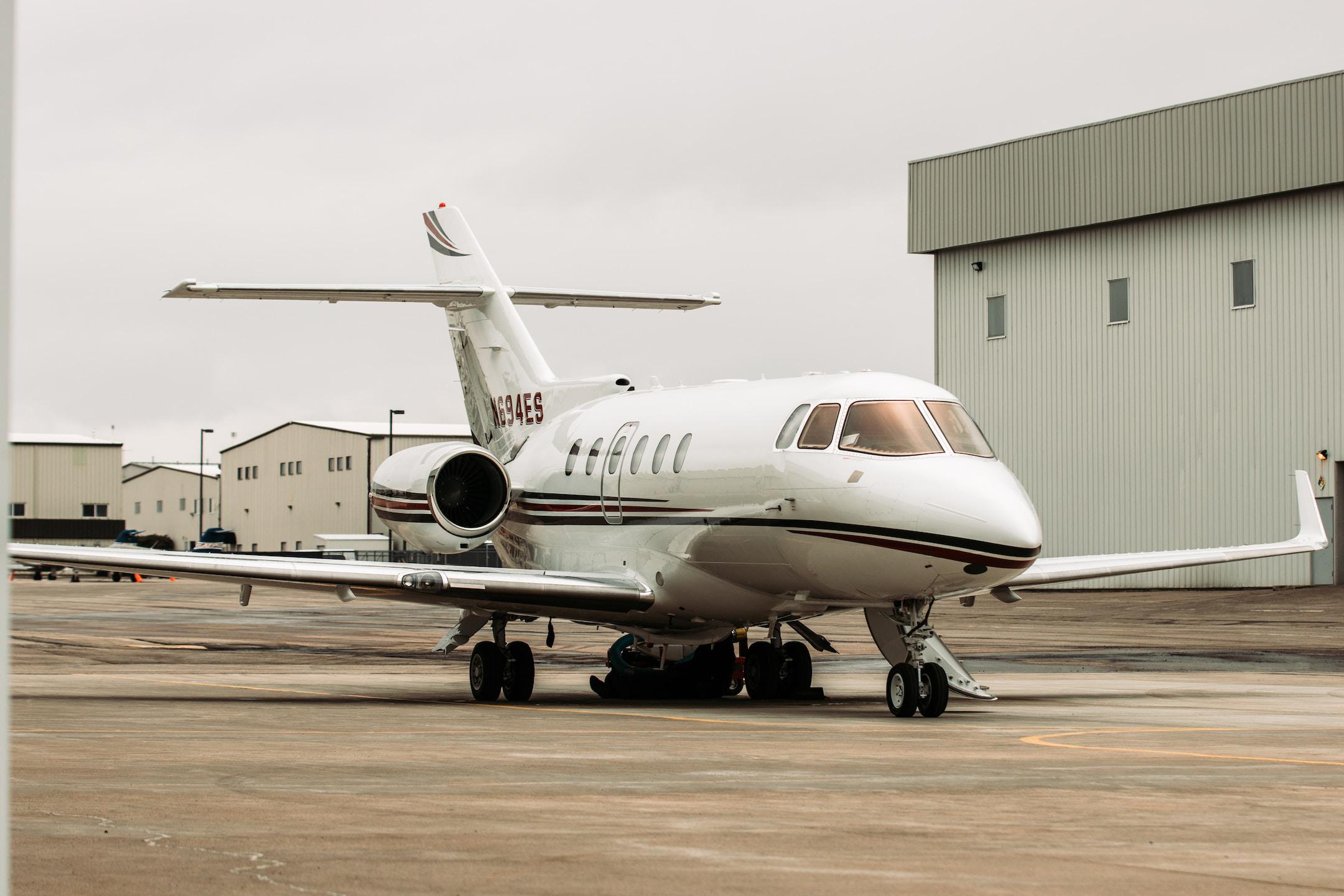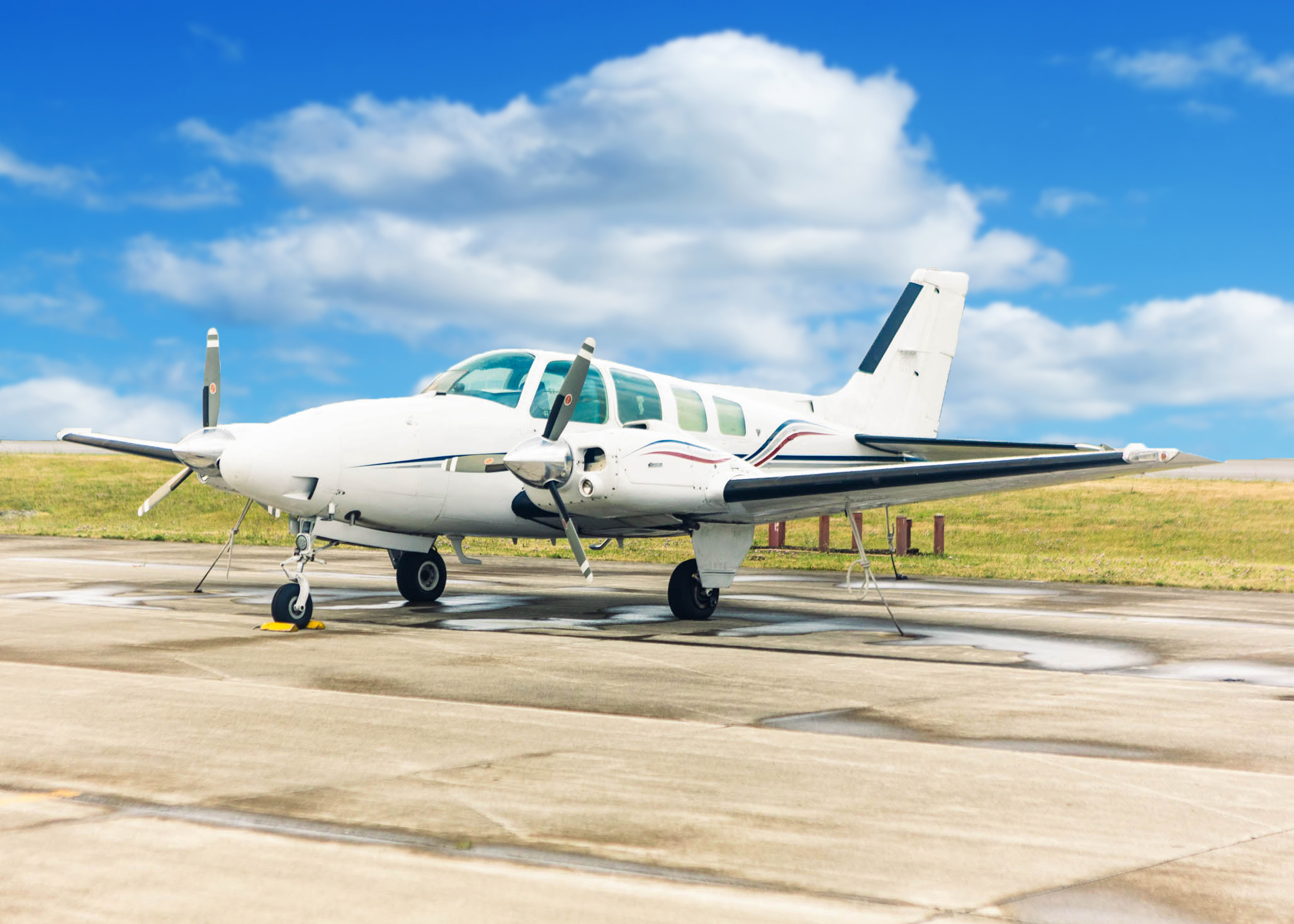rosettamayo08
About rosettamayo08
The Rise and Impact of Private Jets In Fashionable Aviation

Introduction
The aviation trade has witnessed vital transformations over the past few decades, with private jets emerging as a distinguished section. These aircraft, often synonymous with luxurious and exclusivity, have become increasingly accessible to a wider vary of individuals and companies. This report delves into the evolution, advantages, challenges, and future developments of private jets, providing a comprehensive overview of their position in modern aviation.
Historic Context
The inception of private aviation might be traced again to the early twentieth century, but it surely was not until the post-World Struggle II era that private jets began to realize traction. The introduction of the primary business jet, the Learjet 23, in 1963 marked a pivotal second in private aviation. This aircraft supplied speed and comfort, interesting to business executives who sought to maximize productiveness by lowering journey time. Through the years, developments in technology, design, and safety have additional propelled the growth of this sector.
Varieties of Private Jets
Private jets could be categorized into a number of classes based on measurement, range, and capability:
- Light Jets: These are smaller aircraft, sometimes seating four to 8 passengers, ideally suited for brief-haul flights. Examples embody the Cessna Citation Mustang and the Embraer Phenom 100.
- Midsize Jets: Providing more room and vary, midsize jets can accommodate 6 to 9 passengers and are suited to medium-haul flights. Notable fashions include the Hawker 800 and the Bombardier Learjet 60.
- Heavy Jets: These bigger jets can seat 10 to 19 passengers and are able to transcontinental flights. The Gulfstream G650 and the Bombardier Global 7500 are examples of heavy jets that combine luxurious with lengthy-vary capabilities.
- Extremely-Long-Range Jets: Designed for the longest distances, these jets can fly non-stop throughout continents and sometimes embrace advanced amenities. The Boeing Business Jet (BBJ) and the Airbus ACJ collection are distinguished in this category.
Benefits of Private Jets
The attraction of private jets extends past mere luxury; they offer quite a few advantages that cater to both private and enterprise needs:
- Time Efficiency: One of the most vital benefits of private jets is the reduction in travel time. Passengers can keep away from lengthy airport safety strains, layovers, and delays, allowing for more efficient journey schedules.
- Flexibility: Private jets provide the flexibleness to journey to 1000’s of airports worldwide, lots of that are inaccessible to industrial airlines. This functionality enables travelers to succeed in their locations nearer to their ultimate areas.
- Privacy and Consolation: Private jets offer an unique atmosphere the place passengers can conduct meetings, calm down, or take pleasure in personalized service without the distractions typically present in business flights.
- Entry to Distant Places: Many private jets can land in smaller airports, enabling access to distant areas that is probably not serviced by commercial airways, thus opening new opportunities for enterprise and leisure travel.
- Enhanced Safety: While business aviation is statistically safe, private jets offer additional layers of security, together with fewer passengers, direct flights, and the ability to decide on experienced pilots and effectively-maintained aircraft.
Challenges Dealing with the Private Jet Trade
Despite the quite a few benefits, the private jet trade faces several challenges that could influence its development and sustainability:
- Environmental Concerns: The aviation sector is below growing scrutiny regarding its environmental impact. Private jets, notably older fashions, tend to have a higher carbon footprint per passenger compared to commercial airways. As sustainability turns into a precedence, the trade should innovate to reduce emissions via more environment friendly aircraft and different fuels.
- Regulatory Hurdles: The private aviation sector is subject to various laws that can complicate operations. Compliance with safety requirements, air traffic regulations, and international legal guidelines could be challenging, significantly for operators who steadily cross borders.
- Financial Fluctuations: The demand for private jets is intently tied to economic conditions. If you have any questions about where by and how to use business jet charter, you can make contact with us at our web-site. Financial downturns can result in decreased journey budgets for firms and people, impacting the overall market for private aviation.
- High Working Prices: The costs associated with owning and operating a private jet will be substantial, including maintenance, crew salaries, insurance, and gas. For many people and corporations, these expenses can outweigh the benefits, leading to a desire for charter providers as a substitute.
The Charter Market
The rise of the charter market has reworked the private aviation panorama. Chartering a jet permits people and businesses to entry private aviation with out the monetary burden of possession. Companies like NetJets and Wheels Up have popularized fractional ownership and membership models, making private jet travel extra accessible to a broader audience. This development is anticipated to proceed, with extra shoppers opting for on-demand services reasonably than outright ownership.

Future Traits in Private Aviation
Because the private aviation industry evolves, a number of developments are likely to shape its future:
- Sustainability Initiatives: The business is more and more specializing in sustainability, with manufacturers developing more gasoline-efficient jets and exploring sustainable aviation fuels (SAFs). Innovations in electric and hybrid aircraft are also gaining traction, promising to scale back the environmental impact of private aviation.
- Technological Advancements: The mixing of superior technology, equivalent to synthetic intelligence and knowledge analytics, is predicted to reinforce operational effectivity, enhance safety, and provide a greater passenger experience. Improvements in cabin design and in-flight leisure can even proceed to evolve.
- Increased Customization: As competition intensifies, private jet manufacturers and operators are doubtless to supply more personalized providers and customizable aircraft interiors, catering to the unique preferences of their clientele.
- Progress of Emerging Markets: The demand for private jets is expanding in emerging markets, particularly in Asia and the Middle East. As wealth increases in these regions, the marketplace for private aviation is expected to develop significantly.
Conclusion
Private jets have grow to be an integral part of the aviation landscape, offering unparalleled comfort, flexibility, and luxury. While challenges corresponding to environmental issues and financial fluctuations persist, the industry is poised for progress, driven by innovations in expertise and sustainability. As the market evolves, private aviation will continue to adapt, guaranteeing that it stays a relevant and priceless mode of transportation for the discerning traveler.
No listing found.
